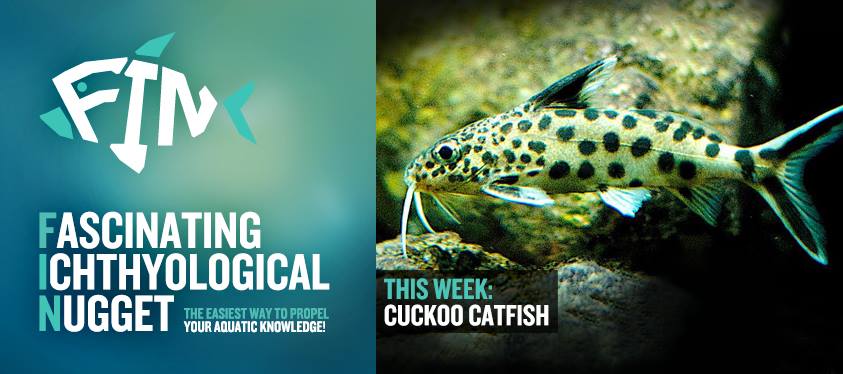Cuckoo Catfish
Categories:
FIN

At first glance, the Cuckoo Catfish (Synodontis multipunctatus) seems like a fairly average and unremarkable freshwater fish, but when it comes to reproduction, it has a decidedly dark and insidious side, similar to the cuckoo from which it takes its name.
Originating in Lake Tanganyika, it shares its home with a number of mouthbrooding cichlids, which care for their eggs and young by carrying them in their mouths. However, S. multipunctatus is one of the only fish known to use a method of spawning known as “brood parasitism”. In practice, this means that the catfish times its spawning to coincide with that of a ‘host’ cichlid, and as the cichlids lay their eggs the catfish will quickly slip in and eat as many as they can before they can be collected by the mother. While doing so they also release and fertilise their own eggs, meaning that the female cichlid will accidentally scoop some up into her mouth along with her own. The cichlid is therefore duped into becoming an unwitting caretaker for the Catfish’s children.
The catfish’s eggs hatch much more quickly than those of the cichlid, and once hatched, the catfish fry will immediately feast on the cichlid eggs and even devour the cichlid fry as soon as they hatch inside the mother's mouth. In this way the catfish ensure that there is no competition for the attention of their adopted “mother”. While undoubtedly devious, this technique is extremely beneficial to S. multipunctatus because it removes the burden of care from the biological parents and allows them to breed again sooner.
Categories
FIN



